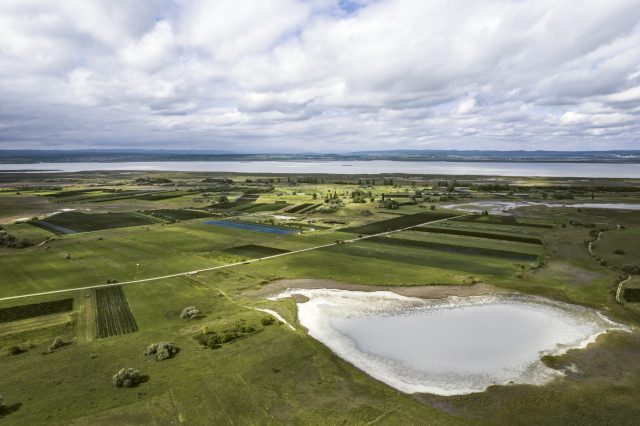Why Zweigelt is on the rise
A century after it was developed, wines made from Austria’s most widely planted red variety are starting to attract attention abroad.

Austria might be more celebrated for its white wines, but the statistics concerning Zweigelt do make for impressive reading. From 1971 to 1978 the area of Austria under Zweigelt vines more than trebled to 2,292 hectares. Today, 42.3% of all red vines in the country are those of this crossing between St. Laurent and Blaufränkisch.
Neusiedlersee DAC is the variety’s epicentre, just south of Vienna. In 2012 it became the country’s first designated area of origin for Zweigelt.
For winemakers there, it has one particularly useful attribute. “It’s early ripening, so even in challenging years we have that insurance”, explained Hannes Reeh of the eponymous vineyard when speaking with db.
When asked why the variety has boomed, Weingut Pöckl’s René Pöckl said: “There’s an old saying in Austria, ‘to be successful you have to be one of two things: you can be the most cost effective, or the best.’” A favourable climate has been of great assistance to both.
Despite Lake Neusiedl being less than two metres deep at most points, it still retains heat, resulting in warm nights during the growing season. This microclimate has been beneficial for viticulture since long before Zweigelt emerged, with evidence to suggest that the Ancient Romans cultivated grapes in the region.
Beyond the favourable temperatures, Zweigelt’s ubiquity is also a result of the its ability to adapt to different soils. Dirceu Vianna Junior MW said: “[Zweigelt] has this ability to show a sense of place…It does very well in both clay and in gravel soils”.
This adaptability results in wines which can range from easy drinking and smooth to full-bodied and complex. Verein Neusiedlersee DAC managing director Torsten Aumüller argued that Zweigelt has been misunderstood: “Sometimes, people think it’s a basic wine because none of the singular characteristics stand out. I believe that its potential lies in its balance…we’re always talking about the vibrancy and freshness.”
Partner Content
These attributes make it a perfect “party wine”, as Mario Galler of Moser Wines put it to db. “It has to be a wine that suits the whole table…It’s a smooth, full, fruity red that fits with meaty dishes from Asia and Europe”, Galler explained. Some of the winemakers even suggested that it paired well with fish from the lake.
Franz Schneider of Artisan Wines argued that it goes especially well with anything tomato-based: “Italian pasta and Hungarian goulash work very well!”
Despite these qualities, Johannes Kummer of Kummer Wines noted that it is often internationally overlooked: “We sell a bit to Southern Germany, a bit to the Netherlands and Belgium…Denmark also, as tourists come to Austria for skiing, try the wine and then want to have it again when they get home.”
However, it Galler claimed that “word of mouth” has meant that there is growing interest in these wines, and not just from those visiting for ski trips.
One winemaker informed db that the water level of Lake Neusiedl has dropped by half a metre due to this summer’s heatwave. However, there was still cautious optimism for the upcoming harvest due to the variety’s resilience.
The domestic rise of Zweigelt over recent decades has been relatively sudden, but not surprising. Vianna Junior believes that its “potential” is going to get increasingly recognised abroad: “we want to make Zweigelt the next big story from Austria.”
Related news
Under-the-radar red wine proves Austria's versatility
Austrian Wine goes after Gen Z with ‘rot weiss rosé’ rebrand
New report highlights ‘enormous economic value’ of Austrian wine




